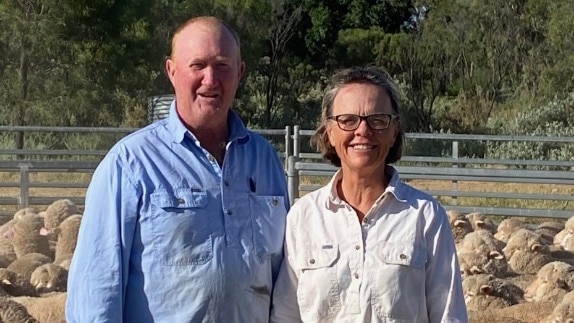How natural capital could be measured on your farm
The emerging natural capital market is yet to be formally monetised, but new ways of calculating its value are being created.
Environmental and sustainability pressures has led some farmers to assess the natural capital value of their properties as a monetised market looms on the horizon.
Natural capital – better known as the soils, water and biodiversity that make up a farm – has increasingly been discussed in agricultural circles, but standardised measurements and dollar values has yet to catch-up.
However, 50 farms across NSW, Victoria and Tasmania have had their natural resources and biodiversity measured and valued, as part of a four-year La Trobe University study to create just such a tool for farmers.
Lead researcher and La Trobe University Research Centre for Future Landscapes Associate Professor Jim Radford directed the project, called the Farm-scale Natural Capital Accounting Tool.
Dr Radford said the tool, which has progressed through a proof of concept stage, placed a value on a farm’s habitat quality and measured its natural capital in hectares.
“There is a lot of pressure coming down the line from governments, corporations and consumers about sustainability, net-zero or being nature-positive,” he said.
“Measuring natural capital gives farmers a way to generate a commercial return for sustainability and maintaining habitat for wildlife.
“Some elements of natural capital have a dollar value, like carbon credits. For others there is no monetary market yet, but we think that might change with habitat credit schemes, or land stewardship schemes.

“Farmers can use natural capital values to sell into different markets, which open new income streams for sustainable goods, share these values with banks or insurers, use this as a transparency tool to report to government schemes or to share with corporates wanting to fulfil their environmental, social, and corporate governance (ESG) requirements.”
Northern Victorian graziers Jo and Greg Bear, from Loddon Vale near Kerang, who had their property analysed during the program, said increasing natural capital was a key focus of their farming practises.
“As long-term farmers, we have witnessed first-hand the tremendous impact that looking after natural capital has had on all facets of our business and our personal life, but we had no data or evidence to back up this experience,” Ms Bear said.
South Melbourne-based Tiverton Agriculture Impact Fund’s flagship asset, the 5250ha Orana Park property near Serpentine in central Victoria, was also involved in the study.
Dr Radford said the next stage for the tool was to develop more accessible and cost-effective software for farmers to complete their own natural capital assessments.
Earlier this week, farm leaders welcomed a deal between Labor and the Greens to establish a nature repair scheme that would reward landholders for on-farm projects that repair, protect or restore native biodiversity.





